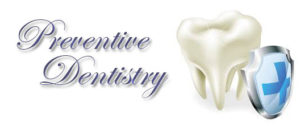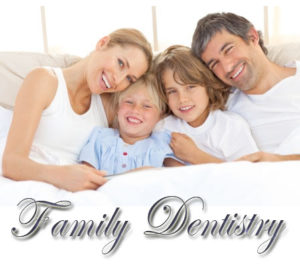Preventive dentistry is way more powerful than other dental methods. This technique fights any kinds of dental problems, like cavities and gum disease. In return, it helps you build strong teeth, wholesome oral health and general health.
Preventive dentistry is composed of several dental techniques. All these strategies prevent the potential risks of dental diseases and are both available at home and inside your dentist’s clinic. For at home preventive care, there exist three common strategies. These are good oral hygiene, proper diet and good oral habits.
Good oral hygiene is the commonest preventive strategy at home. It comes with several dental strategies, including regular brushing and flossing of teeth. Good oral hygiene prevents dental culprits from forming. Besides keeping bad bacteria, dental plaques and dental tartars at bay, this method helps you build strong and healthy mouth. Good oral hygiene is considered as the cheapest way of boosting your oral health.
Proper diet doesn’t just enhance your physique, but your teeth, too. It is because the act tells you to eat only foods with high nutrients, vitamins and calcium. These healthy-goodness substances fight dental problems, like periodontal disease.
Good oral habits are also advised while you practice proper diet and good oral hygiene. Healthy oral habits mean skipping bad practices that cause havoc to your oral health, such as excessive smoking, chewing tobacco and alcohol drinking. Good oral habits are not just good for your mouth. Studies show these methods can also fortify your body’s welfare.
In a dental centre, there are preventive techniques you can also learn. These are regular dental checkups and cleaning of your teeth, regular conduct of x-rays, oral cancer screening and patient education.
Regular dental checkups and cleanings are basic things you can experience during your dental visit. These two are usually done every six months. All made to maintain a strong and healthy mouth. Dental checkups and cleanings are often done by a professional dentist and dental hygienist. These experts help you reduce stains and remove dental plaques.
Dental x-rays are also done to locate problems not visible to the naked eye. Most dental problems identified by this device are hidden cavities found below the gum line.
Oral cancer screening is for identifying signs of malignancy. This is done during a dental exam and oral cancer examination.
Patient education is where your patients are educated about poor oral health. You can learn the adverse reactions of this case and how can it affect your overall health. Patient education will also help you learn more about preventive dentistry.
Preventive dentistry is effective if you’re working with a professional dentist. To ensure they are, seek recommendations or reviews.

